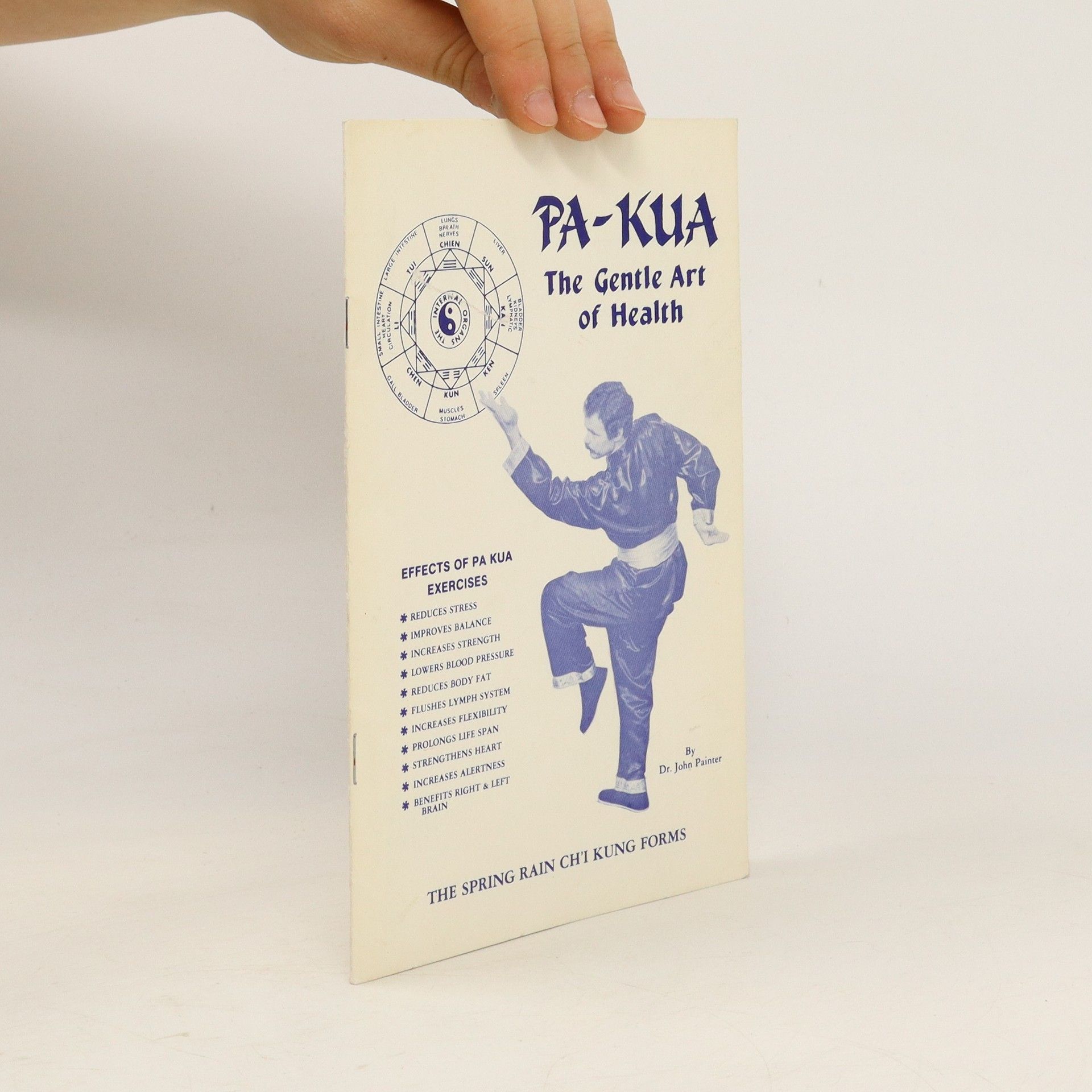Pa-Kua
The Gentle Art of Health
John Painter ist ein renommierter biblischer Gelehrter und Theologieprofessor, dessen Werk sich auf ein tiefes Verständnis biblischer Texte und ihres historischen Kontexts konzentriert. Seine Forschung beleuchtet Schlüsselfiguren und Traditionen und bietet den Lesern neue Perspektiven auf bekannte Erzählungen. Painters akademischer Ansatz zeichnet sich durch die Gabe aus, komplexe theologische Konzepte zugänglich zu machen.

The Gentle Art of Health